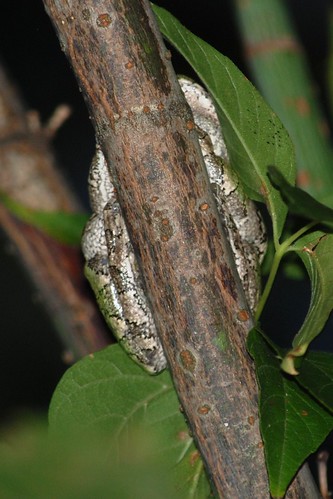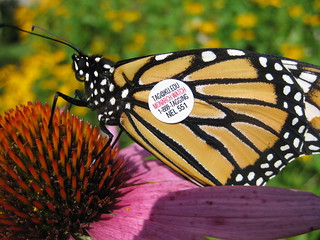While the vast majority of Vermont is rural, there do
exist a few urban centers, and among the most developed, is the city of
Winooski. Yet even in this “concrete
jungle,” nature is not far away. This
past weekend, as I sat in my apartment just before dinner, I thought I heard
the high-pitch trill of a Gray Treefrog.
When I heard the sound again 10 minutes later, I knew my ears were not
deceiving me and that, indeed, a Gray Treefrog must be nearby. The only thing that puzzled me was, where
could the treefrog possibly be?
I took the picture above to show the available treefrog
habitat outside my apartment… little more than a few spindly Box Elder
trees. I started scanning the trunks and
branches of each tree, and after just a few minutes, I spotted the treefrog
clinging to a branch about 12 feet off the ground. I had found Painted and Snapping Turtles,
Green Frogs and Gartersnakes, and variety of birds from here over the years,
but to find a treefrog was a real shock!
It just goes to show how nature is everywhere, even in the least likely
places.
Can You Spot the Frog?
Can You Spot the Frog Now?
Photos and text by Larry Clarfeld





